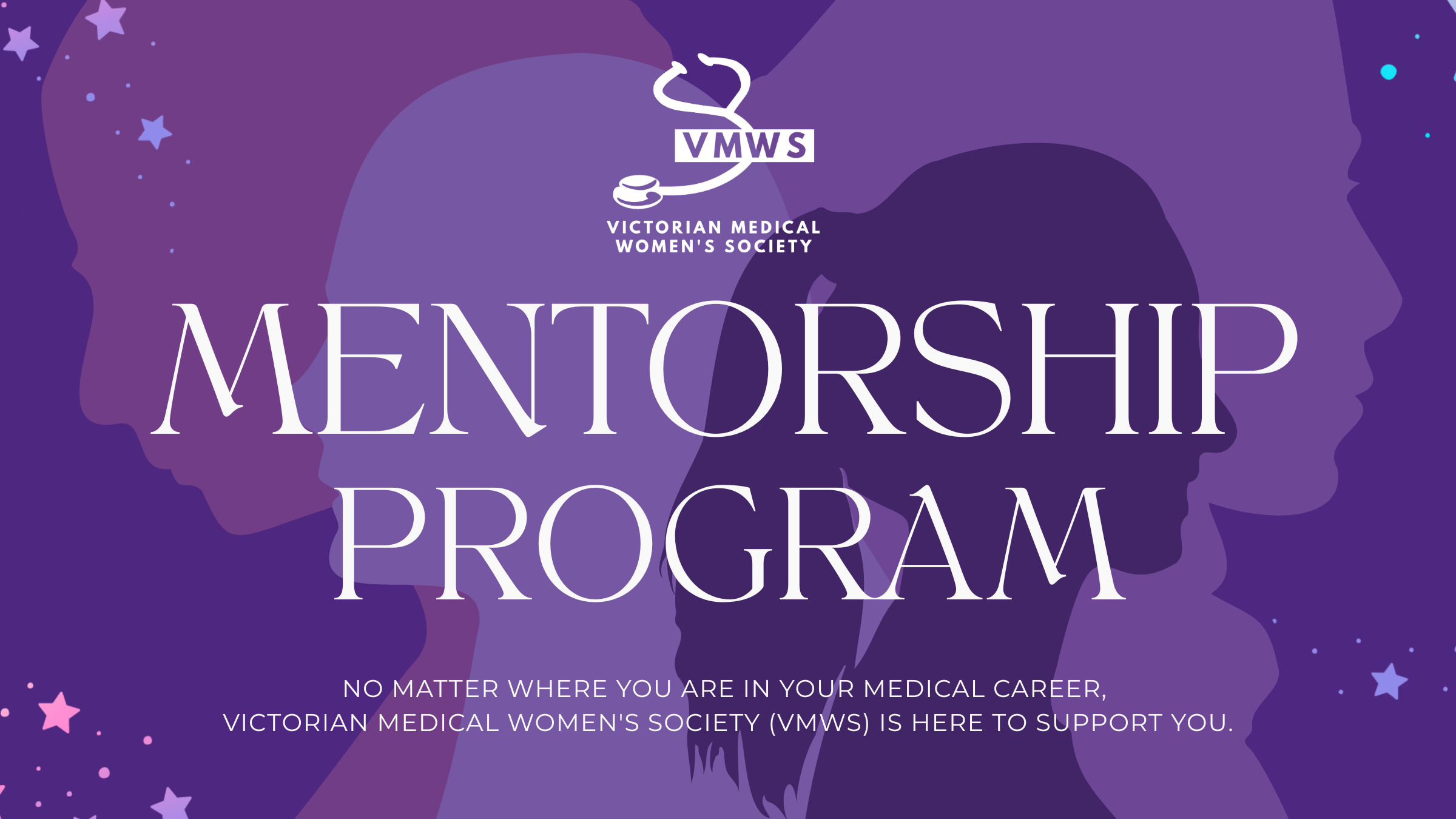Two patients present to the Emergency Department.
Thomas is a 52-year-old man who came in with central, crushing chest pain radiating up his jaw and down his left arm. The episode began 20 minutes ago when he was on a walk with his wife, who promptly called an ambulance.
Sienna is a 55-year-old woman with acute onset nausea and shortness of breath. The episode came on 3 hours ago when she was mowing the lawn. She stopped to rest, but felt no improvement in her symptoms and, as a result, drove herself to the Emergency Department.
Thomas has his vitals checked at triage and is immediately rushed in. He is seen by the registrar who quickly orders bloods, an ECG and books him in for a coronary angiogram. The registrar contacts Cardiothoracics in case a Coronary Artery Bypass Graft must be performed. Thomas is taken in for the angiogram, and a stent is placed in the affected artery. Meanwhile, a medical student takes a thorough history from his wife regarding his presenting complaint, cholesterol levels, smoking status and level of physical activity.
Sienna has been waiting for a while to see if these symptoms of ‘anxiety’, as the registrar diagnosed it, will disappear on their own. A medical student begins taking her history and diligently asks all the questions that Thomas’s wife was asked, to be thorough. Sienna is a non-smoker, runs 5km twice a week and has normal cholesterol levels – the student determines her risk of cardiovascular disease to be low. However, she has three children and had gestational diabetes as well as hypertension during her pregnancies. Two of her children were born preterm. These are risk factors for cardiovascular disease that the medical student did not ask about. He was never taught.
Thomas recovers quickly with minimal impact on his overall cardiac function. He returns home and is referred to Cardiac Rehabilitation.
Sienna’s symptoms do not disappear. Further tests are conducted, and she is finally diagnosed with the same condition as Thomas – acute myocardial infarction. She is treated and sent home. A follow-up echocardiogram reveals reduced wall motion in one of her ventricles, suggesting part of her heart muscle has died, putting her at higher risk for cardiac failure in the future.
The facts
31, 000 Australian women die from heart attacks every year – a number far greater than the 12, 000 who die from common cancers, including breast cancer. While more men are admitted to hospital for heart attacks, the number of deaths experienced is equal between the sexes. A study published in the MJA (1) found the following:
- Women experiencing an acute myocardial infarction were less likely to undergo investigations, such as coronary angiography
- Women were less likely to attend Cardiac Rehabilitation, take their medication and make appropriate lifestyle changes
- Women were twice as likely to die six months after their heart attack
Women tend to present with ‘atypical’ symptoms, such as breathlessness, nausea, fatigue and weakness, compared to the ‘typical’ chest pain (2). Perhaps the root of this issue lies in the very terminology – we describe these symptoms as ‘atypical’, a word often used in relation to an odd presentation that may occur in a small subset of patients. So it begs the question: why are we calling these symptoms ‘atypical’ when they can occur in up to half of our patients?
Gender-specific medicine (GSM) examines the influence of gender on the pathophysiology, clinical signs, prevention and therapy of disease. This concept does not just apply to clinical practice; it is a sentiment that has been echoed in many other aspects of medicine, including academia, research and the pharmaceutical industry:
- Universally, the male body has been and still is used for the majority of anatomical studies. In fact, it wasn’t until 1998 that the clitoris was discovered by Australian urologist Helen O’Connell
- Medical research studies excluded female participants in favour of cheaper, smaller studies which discounted the effect of issues, such as the menstrual cycle.
- Results from trials of medication still applied to women and doses adjusted according to weight, despite this exclusion
- When trials did include women, often results were not published according to sex (3)
Gender has social impacts too – as VMWS immediate past President Dr Deb Colville detailed in her article, a woman presenting with a ruptured eyeball is at a greater risk of dying from family violence than the injury itself (3).
However, gender medicine is a very distinct concept from women’s health. As the founder of GSM Dr Legato stated: “Gender-Specific Medicine is not some feminist push and is not just about women, but about women and men equally based on the very fundamental knowledge that men and women are different in every system of the body in ways that we never anticipated.” There are many examples of areas in which men’s health also requires further exploration (4):
- Male embryos are more prone to DNA mutations and miscarriage
- Women carrying male babies are more likely to have Gestational Diabetes, nuchal cords and require Caesarean sections
- Osteoporosis has mostly been regarded as a “woman’s” disease, but it can affect men too. The chance of hip fractures between men and women is almost equal; in fact, men tend to have higher mortality rates following hip fractures (5).
Recognition is a step in the right direction – with GSM gaining more interest over the last few years, there have been initiatives taken to improve outcomes. For example, the National Health and Medical Research Council (NHMRC, one of the largest medical research grant bodies in Australia) has now introduced policies stating that gender equity must be addressed by applicants (3).
The VMWS stands for providing equitable healthcare in order to achieve the best possible outcomes for all our patients. If we can do that by adding a little more to what we learn, teach and practice to tailor our care, then why not?
References
- Chow C, Breiger D, Khan E. Women who have heart attacks receive poorer care than men [Internet]. The Conversation. 2018 [cited 13 March 2019]. Available from: https://theconversation.com/women-who-have-heart-attacks-receive-poorer-care-than-men-100161
- Davidson P. Women have heart attacks too, but their symptoms are often dismissed as something else [Internet]. The Conversation. 2018 [cited 13 March 2019]. Available from: https://theconversation.com/women-have-heart-attacks-too-but-their-symptoms-are-often-dismissed-as-something-else-76083
- Colville D. Medicine’s gender revolution: how women stopped being treated as ‘small men’ [Internet]. The Conversation. 2017 [cited 13 March 2019]. Available from: https://theconversation.com/medicines-gender-revolution-how-women-stopped-being-treated-as-small-men-77171
- Reardon L, Kneib J, Mallon W, Tintinalli J, Sarkar D, Martinez J. Why Gender-Specific Medicine Matters in the Emergency Department – Emergency Physicians Monthly [Internet]. Emergency Physicians Monthly. 2018 [cited 13 March 2019]. Available from: http://epmonthly.com/article/why-gender-specific-medicine-matters-in-the-emergency-department/
- Anderson P, Sharma D, Morris H. Both men and women need strong bones, but their skeletons grow differently across ages [Internet]. The Conversation. 2017 [cited 13 March 2019]. Available from: https://theconversation.com/both-men-and-women-need-strong-bones-but-their-skeletons-grow-differently-across-ages-75915








